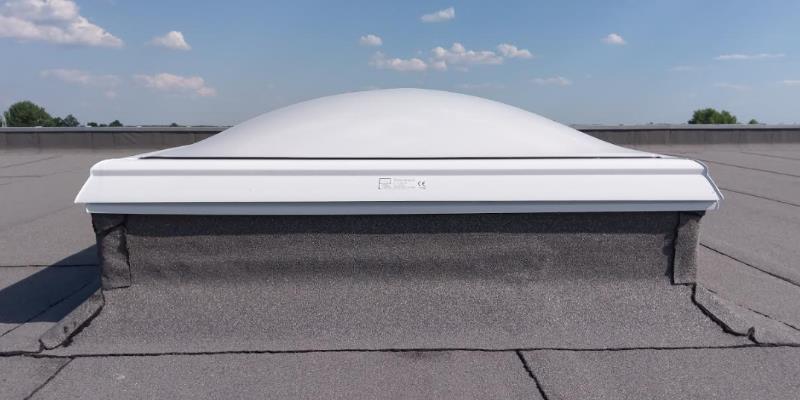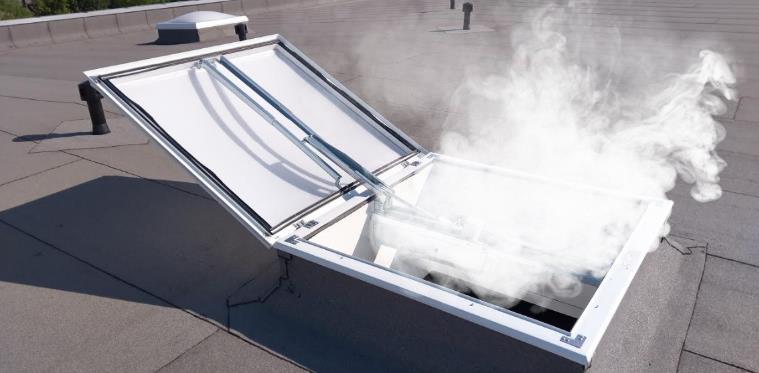Blog

Skylight Material Choice Polycarbonate vs Other Materials
It used to be that if you wanted to introduce light into a building, you had to use glass — heavy, brittle, hard-to-cut, expensive glass. Now, of course, there are alternatives to this traditional material, especially when it comes to roofing solutions. Here are the 6 reasons why we think that polycarbonate is the superior choice for Skylight material.
Read more
How to Choose the Perfect Skylight for your Building
When it comes to deciding upon the correct skylight solution for your property, there are a lot of different options available to you. Selecting the right type of skylight is essential to ensure the highest possible levels of light enters the room alongside providing you with the most cost effective option for your requirements. In an effort to try and assist you, we have briefly detailed the most popular options available.
Read more
How rooflight area affects light levels, energy costs and CO2 emissions
It is now well understood that correctly specified rooflights save energy and reduce CO2 emissions. Independent research by the De Montfort University’s Institute of Energy and Sustainable Development has shown that minimal losses in thermal insulation are greatly offset by energy savings resulting from reduced demand for electric lighting and that generally speaking, the greater the rooflight area the greater the potential savings. However, there is a limit before overheating may become an issue, so an optimum area needs to be identified.
Read more
Using AOV roof lights for smoke ventilation
Smoke and Heat Exhaust Ventilation systems (SHEV’s) are designed to assist with the natural extraction of smoke from a building during the event of a fire, and Automatic Opening Vent (AOV) roof lights can be an effective choice for this type of application. However, specifying the correct type AOV roof light, is vital to ensure maximum safety and compliance with Building Regulations.
Read more en
en  lt
lt
